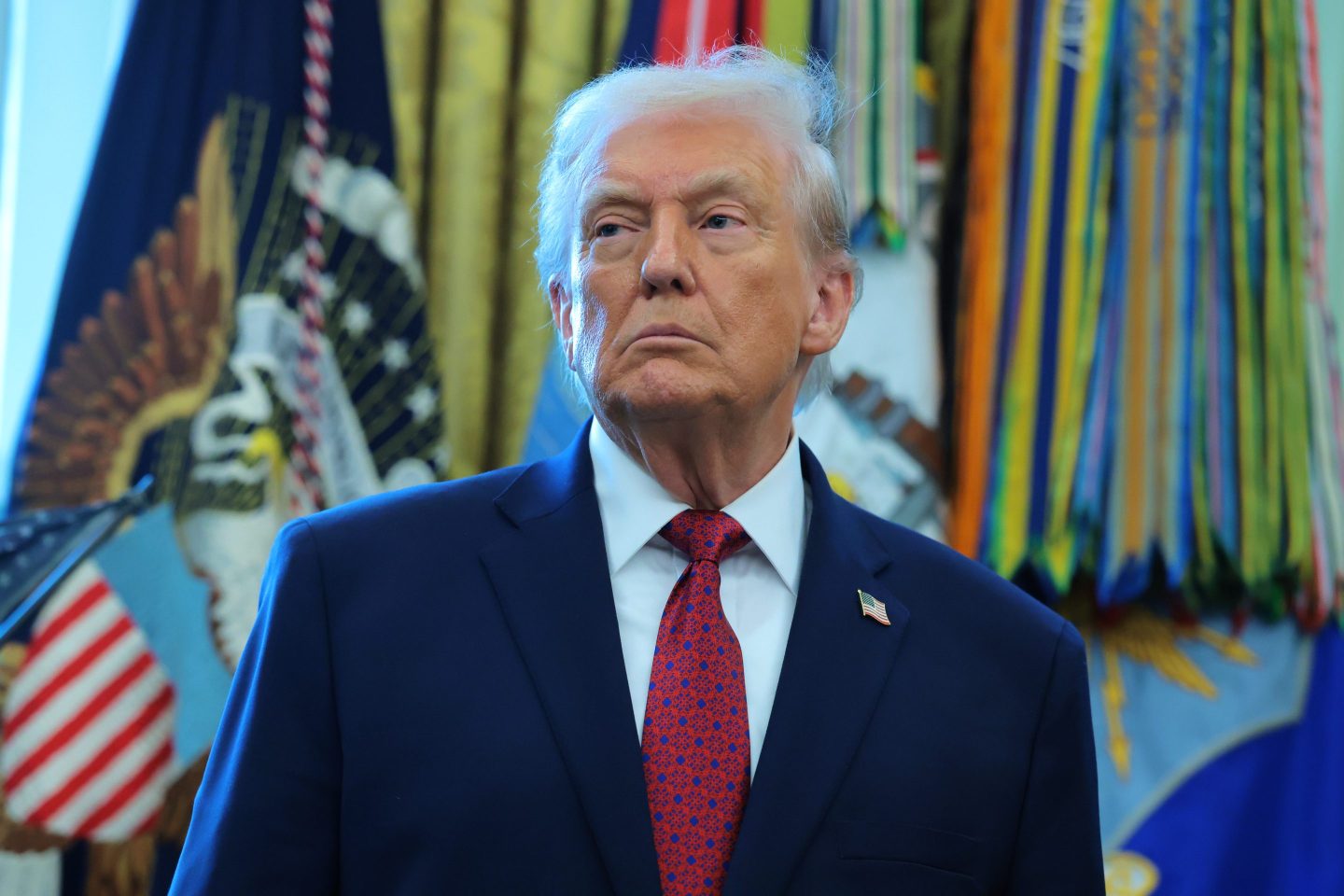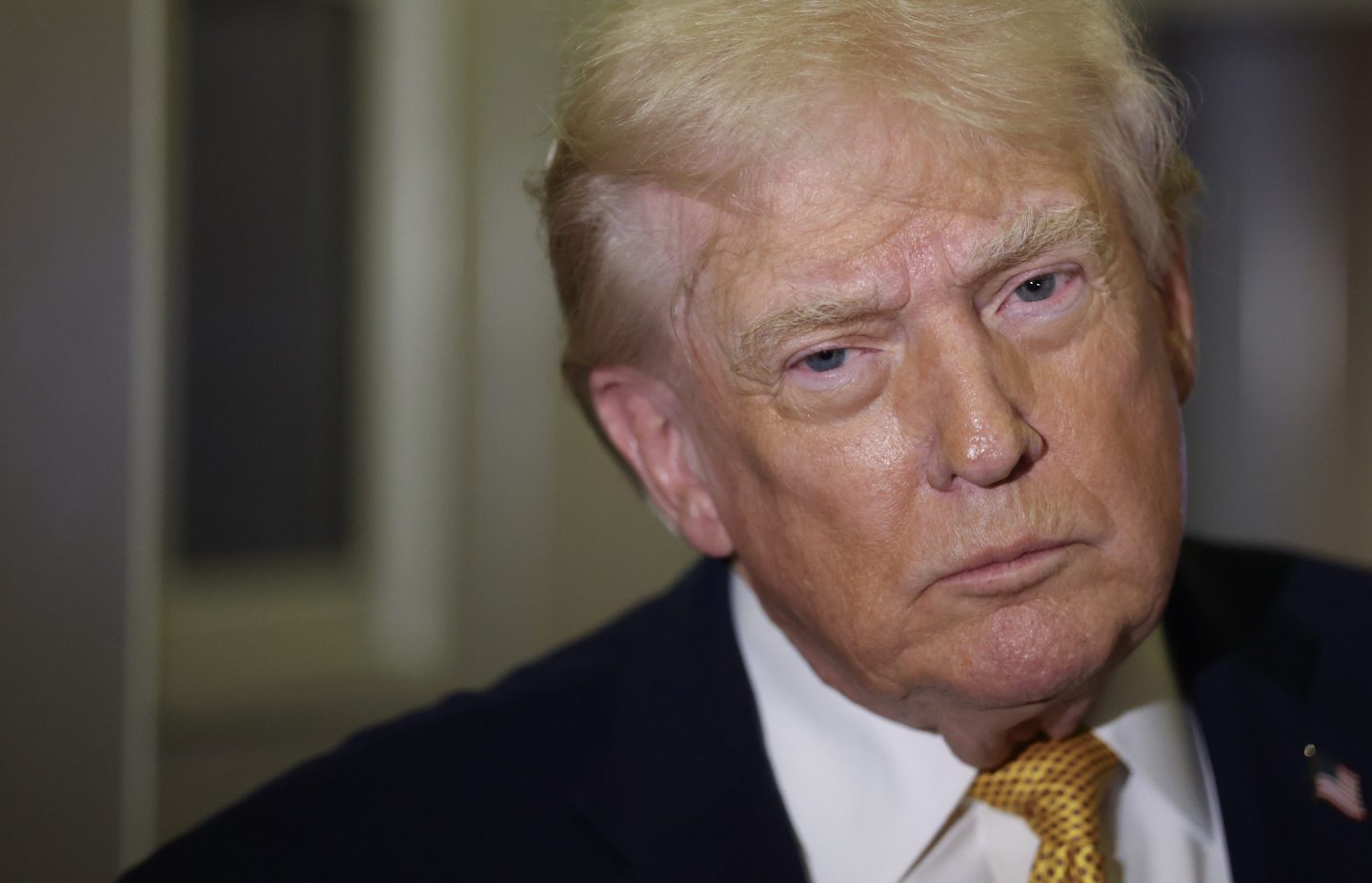A gas crunch, a clean-energy transition, a bumpy economic recovery, wave after wave of natural disasters set against a backdrop of geopolitical drama. The last few months have had it all—a perfect storm of volatility that threatens to plunge Europe and Asia into a winter of industrial disruptions, fuel shortages, and price spikes.
At the heart of the energy crisis: the collision of the global pandemic, the cascading effects of climate change—and attempts to limit its impacts before it’s too late. Ahead of the COP26 conference in Glasgow, Fortune spoke to the International Energy Agency’s executive director, Fatih Birol, about his hopes for the climate conference, why oil demand is about to peak, and why everyone suddenly loves hydrogen. The following Q&A has been edited for brevity.
Fortune: Set the scene for us. Where are we right now in the clean-energy transformation?
Fatih Birol: The energy world is moving, but energy is a creature like a big tanker. The tanker is changing direction, but it will take some time.
In this period, we see [the] sector moving slowly but surely, from fossil fuels to cleaner energy sources and technologies. And it will be happening even faster in the next few years, after the world economy recovers from the pandemic. But it will not be a smooth, easy [transition]—it is not a rose garden. There will be a lot of challenges in terms of the market tightness, in terms of the prices, in terms of, maybe in some countries, the supply not meeting demand. There will be a lot of ups and downs. But the direction is clear. The future energy sector is clean.
Was there a moment where you personally thought, “Okay, the tanker is turning”?
I think when I look at the numbers in the last two and a half, or two years more than 90% of the new power [capacity] built in the world is renewable.
The second one is what’s happening with electric cars. Only a few years ago, the share of electric car sales in the entire world was less than 1%. And I just saw the numbers in China last September: The share of electric car sales is more than 20%. China is the largest car market in the world. In Europe, it is also above 20%. And the United States is coming through.
In fact, I just had a meeting with the 20 largest car manufacturers in the world, the CEOs. And 18 out of 20 largest car manufacturers say, “2030—electric cars.” And they are doing it not only to save the planet, but they want to position their companies in the next chapter of the car manufacturing industry, and so [it’s] for profits as well. They smell where the money will come from in future.
Given you talk to so many CEOs in these industries—who’s on board this tanker, if you will?
I would first of all make a distinction, unfortunately, in three groups. One group of CEOs who are ready to go. A second group is just in the middle—still not sure, but they feel that something is happening. And the third, especially in some parts of Asia or the Middle East, are still in denial. But in my view, nobody will go unaffected from the clean energy transition. Nobody.
Some [see clean energy] as a threat, some as an opportunity. But they are seeing this as matter-of-fact.
Europe and North America, I see many CEOs are seeing this [shift]. Some as a threat, some as an opportunity. But they are seeing this as matter-of-fact.
Right before the pandemic started, you told the oil and gas industry in London that the sector is investing only 1% of total capital expenditures in clean energy.
Now it is 5%! In some companies, higher. Some, it is lower. But on average, 1% became 5%. And it is driven by investor pressure, public pressure, and government incentivizing. And of course, some of the CEOs, they smell…where the money will come in the future.
The IEA said this month that oil was going to peak in 2025. That’s a big revision. What happened in the past year?
Many governments in the last year or so have made commitments to reach net zero by 2050. And when we put all of them together, we see that all these major commitments cover only 20% of the way we need to go to reach 1.5 degrees. It ends up with 2.1 degrees Celsius temperature increase, which of course, has catastrophic implications for climate change. The difference between 1.5 degrees and 2.1 degrees is not something that you just take your jacket off—it will have major implications for the fragile equilibrium of our planet.
But even in that case, there will be major implications for the energy markets. One of them is oil demand. If those commitments are fulfilled, we see 2025 global oil demand tipping, mainly as a result of what’s happening in car manufacturing. But it’s [also that] the annual installments of renewable power will be doubling compared to today, if the governments fulfill their commitments.
So even though governments aren’t going far enough, they’re going far enough to impact the oil market?
Oil and energy markets in general. And if they were to strengthen their ambitions in Glasgow, those changes in energy markets would be much more substantial. Of course, some companies may well bet on the fact that those governments will never do anything, they are just talking. This is a bet, and they’re betting. I would never put money on that, because it is happening. These changes are happening, not only between a government push, which is very important, but also technological advancement, which is coming quickly.
[For example] solar is the cheapest source of electricity generation in about 80% of the world—the cheapest. [There’s also] hydrogen, electrolyzers. They are very expensive. But in my view, hydrogen is today where solar was 10 years ago. Ten years ago, solar was a romantic story. Now it’s becoming mainstream.
When I talk with government leaders, business leaders—everybody loves hydrogen.
And in fact, the support hydrogen today enjoys I have never, ever seen for any technology in my life. Because it normally is the nature of the energy world, if there is one technology, some people like it, some people don’t like it. Solar, nuclear, with carbon capture. But when I talk with government leaders, business leaders—everybody loves hydrogen. And not only do they love it, but many of them have put [in place] concrete strategies on how to make hydrogen part of the energy mix. And those strategies, including lots of incentives in Europe, in China, in the United States, in Australia, in Indonesia—this will bring the cost of hydrogen down, and hydrogen may well be one of the key options in the future.
What’s so unifying about hydrogen?
Two reasons. You can produce hydrogen from any type of fuel—from renewables, from coal, from gas, from nuclear, whatever. Second, you can use hydrogen in any of the end sectors. You can use it in the transportation sector. You can use it in the industrial sector. You can use it for home heating. So it’s a very diverse and flexible option.
You’re painting a picture of this unstoppable force of renewable energy. But after the release of IEA’s World Energy Outlook report, you talked about the clean energy backlash, and that you felt clean energy was not the source of the current energy crunch.
Yes, there’s a big debate on that. Some people want to show that the current energy crunch is the first crisis of clean energy. I don’t buy it. It is inaccurate.
We have all the energy data. When we look at the key reasons, [the energy markets’ imbalance resulted from] unprecedented growth in coal and gas and oil demand, because the global economy is growing at about 6% this year—the highest growth in the last 50 years. This is one. The second: There were a lot of weather-related events. There was the huge drought. We had a very cold year last year in Europe; this brings the gas storage down. We have seen a lot of floods. And third, there were several planned and unplanned outages. Many of the production facilities need to go through maintenance services every year. Much of the maintenance work last year, because of COVID, was postponed to this year. Everything came together.
Is there any clear indication that [gas] supplies from Russia are picking up?
You may have heard that I called for an increase in Russian gas supplies. What we found out is that, easily, Russia could send 15% more gas to Europe, without any technical work. And then we heard from the Russian side that there are indications [it could happen]; there are strong and nice pledges. But not yet volumes. I would like to see more volumes, as much as we hear these nice and encouraging words from Russia.
In terms of the feedback loops of extreme weather, are governments, or even energy agencies like yours, starting to build into your supply models the impact of those weather disruptions?
Exactly. For example, when we talk about gas, about half of the LNG [liquefied natural gas] facilities in the world are vulnerable to extreme weather events. Half of them. It can be sea level rise. It can be extreme weather events. We are following and monitoring them very, very closely.
Did your post-pandemic models predict this kind of demand for energy we’re seeing?
You may know that in March 2020 I was the first one to make a statement in this area: that clean energy should be at the heart of the stimulus packages. But today when I look at it, there was $16 trillion in stimulus packages around the world. Only 2% went to clean energy incentives. So, as a result of that, what we are witnessing is an unsustainable economic recovery, with two implications: one, huge growth in fossil fuel demand. And the second [is] this year we are seeing the second largest increase of emissions in the history of human beings.
There was $16 trillion in stimulus packages around the world. Only 2% went to clean energy incentives.
Given that, what are your expectations for COP26?
I mentioned to you that the current pledges are good—but they are not strong enough. I would like to see more countries, especially those who are in the G20, who have not committed themselves to net zero, come with commitments, and for some of the current commitments to be strengthened.
The second wish I have is that a big chunk of emissions growth in the future may come from emerging countries. But only less than 20% of clean energy investments go to emerging countries. I believe in Europe, and in North America, clean energy projects, and the capital [to fund them], will meet sooner or later. But it will be very difficult for the investment in emerging countries. So I hope from Glasgow, there will be some financial architecture and support from the rich countries that can be a catalyst for investments in developing countries.
Third and finally, I really hope to see that the leaders of nations around the world come together in Glasgow, and give an unmistakable signal to investors, saying that we are united here to build a clean energy future for the world.
If you invest in dirty energy, fossil energy, you risk losing money. If you invest in the clean energy future, you can well make handsome profits.
More must-read business news and analysis from Fortune:
- China isn’t the only economy decoupling from the U.S.
- What you need to know about the Delta Plus COVID variant and the danger it poses
- Mortgage rates may spike 30% next year, according to a new forecast
- How high Goldman Sachs predicts home prices will go in 2022
- 4 things to know about stimulus checks in 2022 and beyond
Subscribe to Fortune Daily to get essential business stories delivered straight to your inbox each morning.











